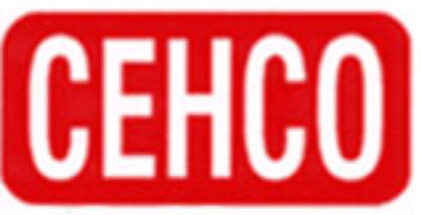SCR (Silicon Controlled Rectifier) controlled power supplies, also known as SCR power supplies or SCR-based power converters, are electrical devices used to provide controlled and regulated DC power from an AC source. They use SCRs as the main switching components to control the flow of electrical current, making them suitable for various applications that require precise and adjustable DC voltage or current output. Here’s an overview of SCR controlled power supplies:
Key Components and Features:
-
Silicon Controlled Rectifiers (SCRs): SCRs are solid-state semiconductor devices that can control the flow of electrical current. They are typically used in power supplies as switching elements to regulate the output voltage or current.
-
Transformer: An SCR controlled power supply often includes a transformer to step down the incoming AC voltage and provide isolation between the input and output. The transformer’s turns ratio determines the output voltage level.
-
Rectifier Circuit: The rectifier circuit converts the AC voltage from the transformer into DC voltage. In some cases, bridge rectifiers or other rectification methods may be used, depending on the specific design.
-
SCR Triggering Circuit: The SCR triggering circuit generates the control signals to turn the SCRs on and off at precise times in each AC cycle. This allows for variable output voltage or current control.
-
Filtering and Smoothing Components: Filtering capacitors and inductors are often used to reduce ripple and smooth the DC output voltage. These components help ensure a stable and clean DC output.
-
Control and Protection Circuitry: SCR controlled power supplies may have control and protection features such as voltage and current regulation, overcurrent protection, overvoltage protection, and thermal protection to ensure safe and reliable operation.
Operation:
The operation of an SCR controlled power supply involves the following steps:
-
AC Input: The power supply takes in an AC input voltage, typically from the mains.
-
Voltage Conversion: The transformer steps down the input voltage to the desired level based on the turns ratio.
-
Rectification: The AC voltage is rectified, converting it into a pulsating DC voltage.
-
SCR Control: The SCR triggering circuit determines when to turn on and off the SCRs during each half-cycle of the AC input. By controlling the firing angle (the point in the AC waveform at which the SCR is triggered), the power supply regulates the average DC voltage or current delivered to the load.
-
Filtering: Filtering components smooth out the pulsating DC voltage, reducing ripple and ensuring a stable output.
-
Output: The regulated DC voltage or current is delivered to the connected load.
Applications:
SCR controlled power supplies find applications in various fields, including:
-
Electroplating: They are used to provide precise and controlled current for electroplating processes.
-
Battery Charging: SCR power supplies can be used for charging batteries where a regulated current or voltage is required.
-
Industrial Heating: In applications like induction heating, SCR power supplies control the power delivered to heating elements.
-
Electrochemical Processes: They are used in processes involving electrochemistry, such as electrophoresis and electroplating.
-
Motor Drives: SCR-controlled power supplies can control the speed and torque of motors in some industrial applications.
SCR controlled power supplies offer excellent control over DC output parameters and are known for their reliability and precision, making them suitable for demanding industrial and scientific applications.

